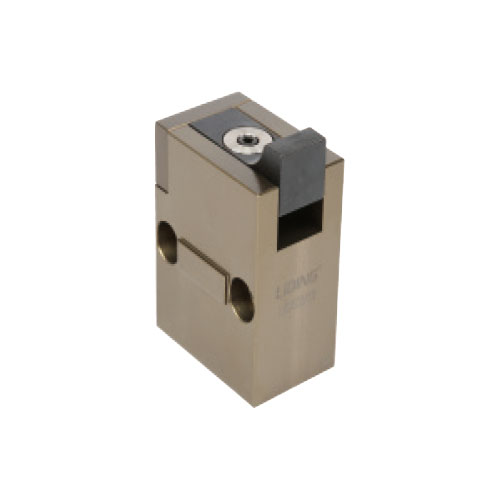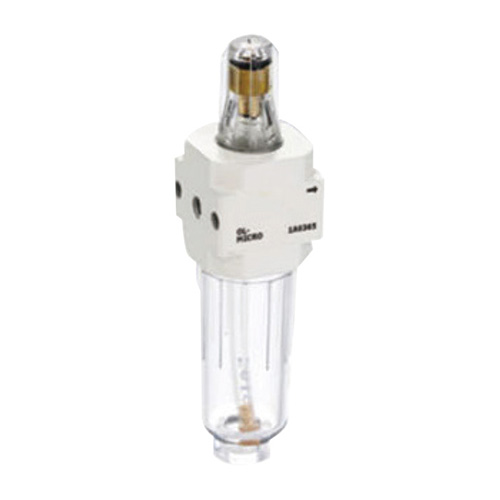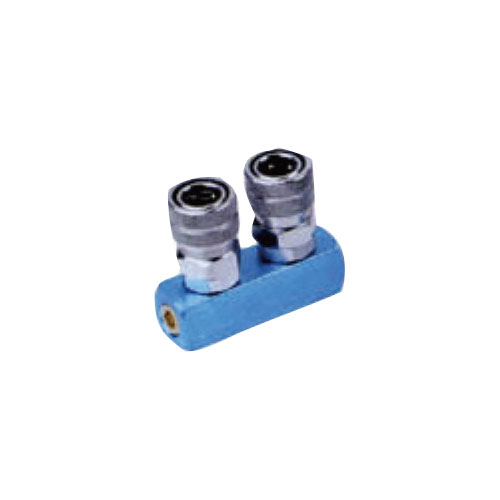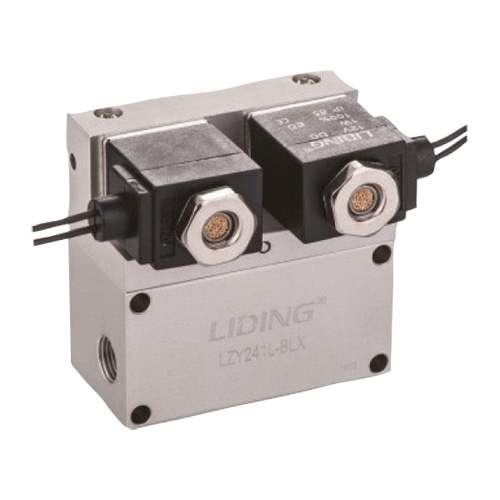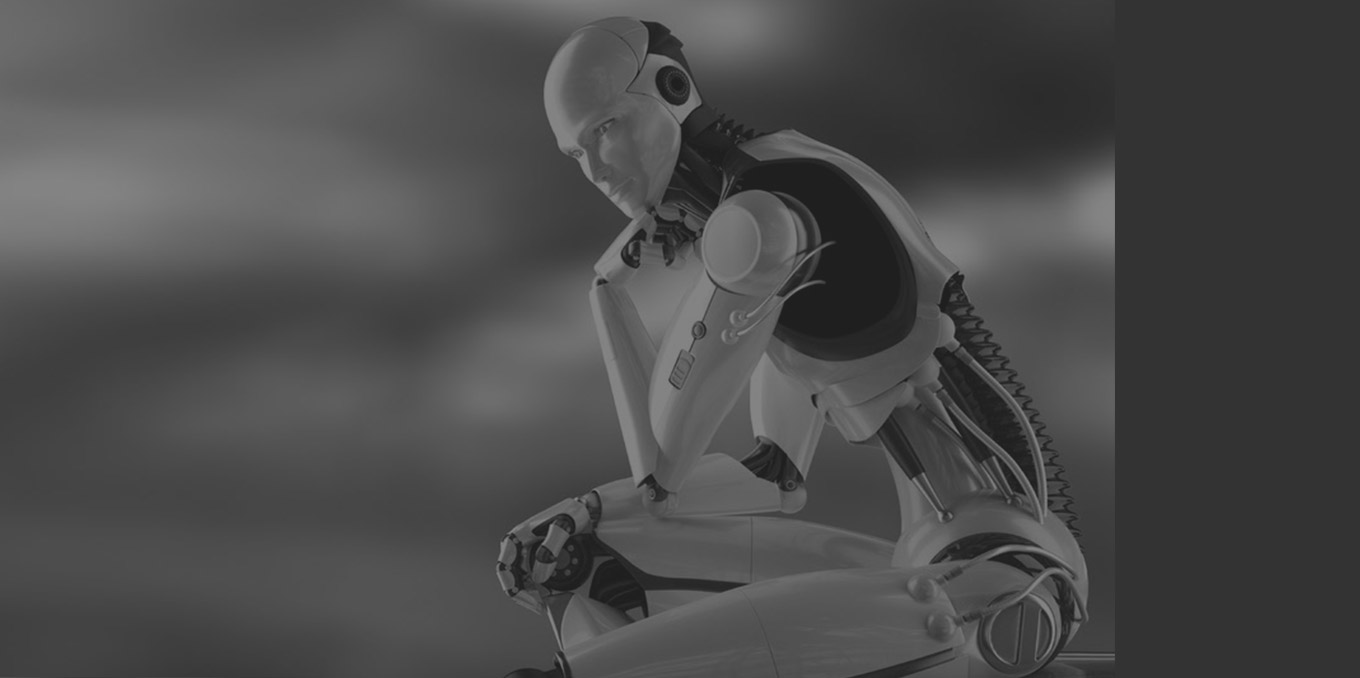The Working Principle and Function of Air Pressure Regulator
Air pressure regulators, or otherwise known as pressure […]
Air pressure regulators, or otherwise known as pressure-reducing valves, are used in compressed air systems to help reduce and control the pressure in the airflow to meet your pneumatic tools requirements at the end of the line.
An air compressor pressure regulator is very important to regulate the air pressure that flows from the compressor tank into your pneumatic tools. They can adjust the air pressure needed for different pneumatic tools, as they all may require different levels.
The working principle of the air pressure regulator
? The main air supply which is connected to the air inlet port passes through the filtering chamber.
? The filter removes the dirt particles from the air which may block nozzles etc. The air then goes into the valve assembly.
? The valve assembly is moved by the range spring pressing on the diaphragm.
? The range spring holds the valve assembly until the output pressure is high enough to lift the diaphragm. At this point the small spring in the valve assembly closes the valve.
? The air now passes through a hole at the center of the diaphragm and out of the vent. This is how the pressure is balanced across the diaphragm.
? When the output pressure becomes more than the pressure set by the range spring, the air will go out through the vent. When the outlet pressure becomes less, the valve assembly opens up to reach the set pressure. This pressure will exit the regulator through the outlet air port.
? If the outlet pressure is below the pressure set by the range spring the valve assembly will stay open until the set pressure is reached.
Function of an Air Pressure Regulator
Air pressure regulators are used to provide a constant outlet of pressure, separately from the inlet pressure or flow. They are most commonly used to reduce the pressure level required for downstream equipment, stabilising the force applied to cylinders or minimising pressure variation.
The two types of general purpose regulators are relieving and non-relieving:
The Function of a relieving pressure regulator operates when changing from high to low pressure. Even in a dead-end situation the regulator will still exhaust the excess downstream pressure, making a loud hissing noise as it does.
A non-relieving pressure regulator differs. When being adjusted from a high pressure to a low pressure, the non-relieving element means that the downstream pressure does not escape. Any trapped air must be released using a different mechanism, such as using a downstream valve.
That's all information, visit air pressure regulator manufacturer nblida.com to learn more information.


